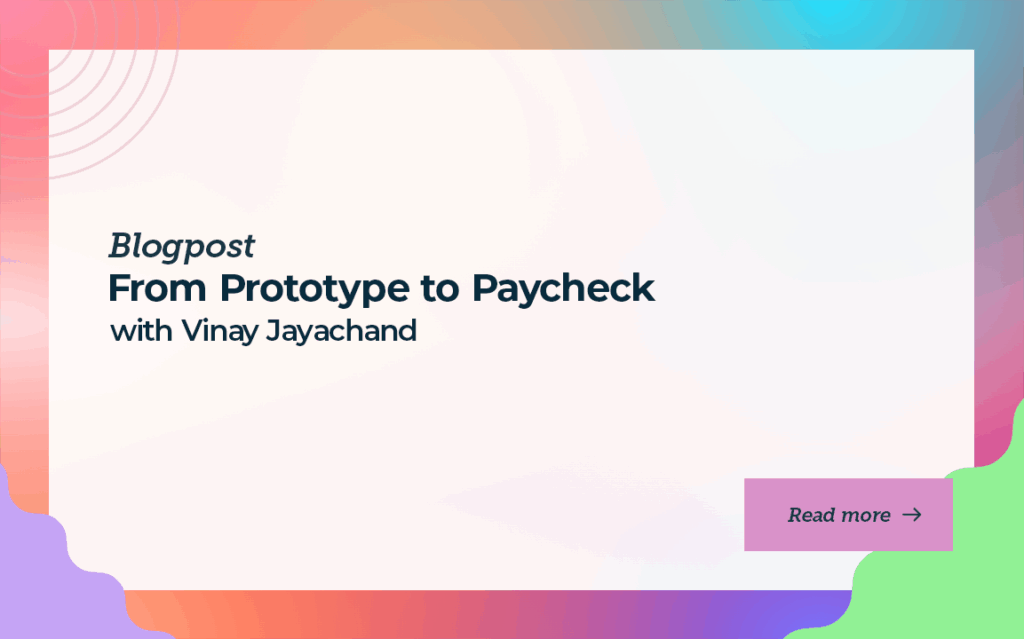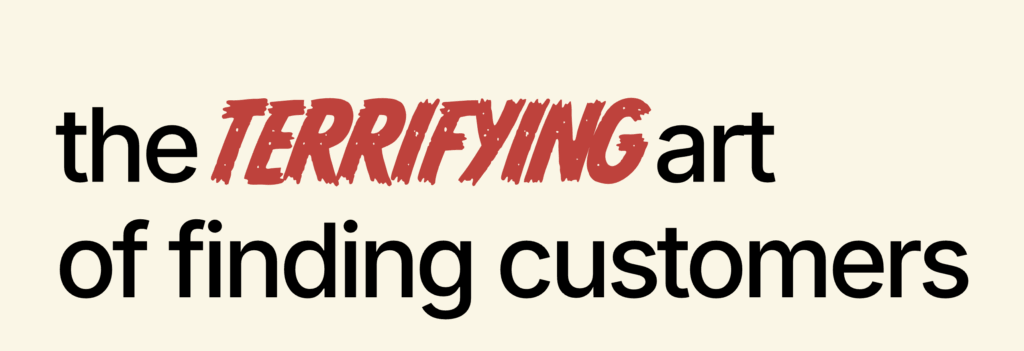From Prototype to Paycheck with Vinay Jayachand

In legacy markets, no one’s asking for your product, and that’s the point.
In this episode of The Predictable Revenue Podcast, our host Collin talks with Vinay Jayachand, co-founder of HummingbirdEV, about building electric vehicles for commercial use in the mining and agriculture industries, where resistance to change is the norm.
But this isn’t about EVs. It’s about what it takes to earn trust, find traction, and adapt fast in hard, skeptical markets.
If you’re a founder or operator chasing product-market fit in the real world, here’s what to take with you.
Product-Market Fit Isn’t a Moment. It’s a Moving Target
It’s easy to talk about product-market fit like it’s a box to check. In reality, it’s more like tuning a radio while driving through a tunnel. The signal fades, shifts, and sharpens as you move forward.
For Hummingbird EV, PMF didn’t arrive with a single prototype or customer win. It came through navigating constant limitations in the field, technical constraints, unpredictable use cases, and infrastructure gaps they hadn’t anticipated.
“We were navigating through those limitations.”
That meant rethinking core assumptions.
What worked on paper didn’t always translate in the real world. Features got stripped. Others were added because a miner or farmer needed something the team hadn’t considered.
PMF lives in usage, not in theory. You don’t discover it in the lab. You find it in how your product breaks, how customers work around it, and where you’re forced to adapt.
Prototyping Isn’t Optional. It’s Your Sales Strategy
In high-friction markets, your prototype isn’t just a product. It’s a platform. It’s the conversation starter, trust builder, and validation tool rolled into one.
For Hummingbird EV, early vehicles weren’t built for showrooms or PR launches. They were built to break. Every failure in the field became a feedback loop, not just for the engineering team, but for understanding what actually mattered to buyers on the ground.
This wasn’t about chasing perfection. It was about speed to insight.
“It was a huge learning experience for us.”
Instead of trying to sell a polished solution, the team leaned into real-world prototyping as their discovery and sales process. By showing up with something imperfect and listening deeply to how it performed, they earned trust with skeptical customers.
Takeaway for founders: Prototype as if you’re selling, and sell as if you’re learning. Each build is a test, not a trophy.
If You’re Not Letting Customers Reshape Your Product, You’re Doing It Wrong
In legacy industries, your customers will figure out what your product is actually for long before you do.
Founders often show up with a list of features and a roadmap. However, in the field, users will often ignore half of it, misuse the rest, and inadvertently teach you what really matters. If you’re listening, that’s gold. If you’re not, you’re shipping the wrong product.
Take modularity. It sounds like a smart product decision until you realize it only exists because someone in a dusty yard hacked your system to make it fit their job.
“Understanding the specific use cases of customers is key to product development.”
You don’t win by anticipating every need.
You win by staying close enough to see how customers are bending your product, and letting that reshape what you build next.
Founders building in messy, real-world environments need to stop treating early customers as validation targets and start treating them as design collaborators. Because they are, whether you want them to be or not.
In Legacy Industries, You’re Not Just Selling the Product. You’re Removing the Resistance
If you’re building in a legacy market, selling isn’t about pitching features. It’s about removing the blockers that make adoption feel risky, complicated, or impossible.
Your customer might love your product in theory, but still say no because they assume it requires infrastructure they don’t have, training they can’t provide, or downtime they can’t afford.
Founders often overlook this. They fix the product but ignore the surrounding friction.
In Hummingbird’s case, solving that meant bringing mobile charging stations and handling the full mobility chain. But in your case, it might mean bundling onboarding, handling compliance paperwork, or offering integrations out of the box.
The key question: What “infrastructure” does your customer assume they need to make this work, and how can you take it off their plate?
The less they have to change to use your product, the more likely they are to make a purchase.
Use Regulation to Your Advantage
Most founders treat compliance like a box to check. But in legacy industries, it can be your wedge.
Regulated markets move more slowly. Buyers are skeptical. And no one wants to be the first to take a risk, unless you’ve already done the hard work for them.
Understanding the regulatory landscape early can do more than keep you out of trouble. It can help you get a foot in the door, signal credibility, and build trust before a prospect ever sees your product.
If you’re building in a space with safety standards, government oversight, or certification requirements, don’t delegate it. Learn it. Build around it. Use it to differentiate.
Founders who figure out the rules early get to shape the playing field, not just compete on it.
Conclusion
Building in legacy industries isn’t about convincing people to want your product. It’s about removing every reason they don’t.
Product-market fit, sales, and trust all stem from the same source: staying close to the problem, adapting quickly, and making the path to adoption as frictionless as possible.
If your early customers aren’t shaping your roadmap, slowing you down, and teaching you things you didn’t expect, you’re probably not close enough yet.
NO TIME TO READ?



